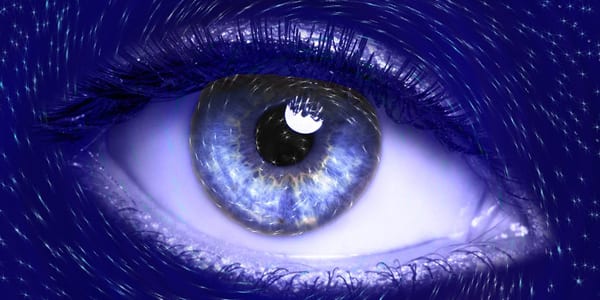 As a part of the Ketchum Tech team, it’s no surprise that I love the topic. And while I spend my workdays focused primarily on B2B solutions, this blog post is centered on a personal passion of mine and something completely different: how technology is making its way into the world of beauty. Just to show how pervasive technology has become, I’ve highlighted three examples of how, to varying degrees, it has infiltrated the beauty world.
As a part of the Ketchum Tech team, it’s no surprise that I love the topic. And while I spend my workdays focused primarily on B2B solutions, this blog post is centered on a personal passion of mine and something completely different: how technology is making its way into the world of beauty. Just to show how pervasive technology has become, I’ve highlighted three examples of how, to varying degrees, it has infiltrated the beauty world.
1. An Online/Offline In-Store Experience:
In November 2015, a large cosmetics retailer remodeled its flagship store to incorporate physical technology in unique ways. Like other stores, this one has the skin IQ device to help you determine your perfect foundation match, but what’s different is the scent machine to help you find your perfect perfume. This machine takes you through a series of questions to determine what scents you like, and releases those notes into the air to help shoppers decide on a particular scent. Once you’ve narrowed down the scents you like best based on the notes (woody, clean, floral, etc.), the machine recommends perfumes to try in store. The store also features a row of beauty stations where you can watch your favorite YouTube makeup tutorials, then grab the products used in the video, bring them to your station and try to recreate the look. These new elements of the store deliver an immersive experience by allowing customers to interact with products in a new way.
2. An Evolution in the Hair Blower:
A well-known vacuum manufacturer recently made a hair dryer. According to the company’s website, it took 103 engineers four years to create this product. The result, and yes, I’m simplifying things, was a hair dryer with the motor in the handle, versus the traditional head of the dryer. This makes the blow dryer easier to hold and gives it a super cool look, but I’m not sure that those pros make it better than something you can buy at a drugstore. What is most interesting to me is that a company would invest £38 million in research to start a product line that has no real connection to the core products it sells. But I applaud non-beauty companies expanding and bringing their expertise into the market and giving customers more options.
3. An Algorithm-Based Hair Care Line:
Staying within the hair care space, this example is perhaps the most scientific of the bunch. Two MIT-educated engineers (and I’m sure countless others) used technology to develop proprietary algorithms allowing customers to create bespoke shampoo and conditioner. The beauty of the algorithm is that it works so simply for the customer: one week after answering a short questionnaire on the company’s website, along with notes on packaging preferences, your personalized shampoo and conditioner show up in the mail. I know from personal, and secondhand, experience (my sister) that this actually works. This company allows you to identify your personal hair concerns, and then its magical algorithm concocts products that address those concerns. It’s something you can’t get anywhere else, plus my bottles have my name on it so that’s awesome!
And there you have it, a few of the many ways that technology is making its way into our beauty products. When working with brands, consider if there is a hidden technology story that should be shared. Or if you’re in tech, what “beyond the basic” benefits does the technology you’re selling have for consumers? It might not be the most obvious story, but it will likely be an interesting one!


